
Tackling mosquitos to protect the force
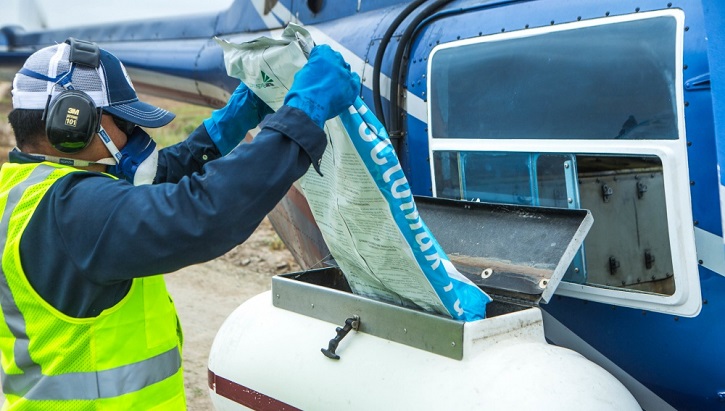
A contractor loads mosquito control pellets onto a helicopter spreader for aerial spraying at Marine Corps Base Camp Pendleton, California. (Photo by Marine Lance Cpl. Kerstin Roberts)
Warmer temperatures bring mosquitoes – and these pesky flying insects present a potential health hazard. Through biting, mosquitoes may transmit serious or even deadly illnesses.
According to experts including the World Health Organization, there's no evidence mosquitoes can transmit the COVID-19 virus. But mosquitoes are to blame for the spread of many other germs. West Nile is the most common virus spread by mosquitoes in the continental United States, according to the Centers for Disease Control and Prevention.
Mosquitoes also spread malaria. About 2,000 cases of this flu-like illness are diagnosed in the United States every year, according to the CDC. It can be severe and even lethal in young children, said Anne Radavich, chief of product development and education in the Entomological Sciences Division of the U.S. Army Public Health Center, or APHC.
"Vaccines are not available for many of the illnesses and diseases that mosquitoes spread," Radavich said. "So the best prevention is to control mosquitoes and eliminate their breeding habitat." June 21-27 marks National Mosquito Control Awareness Week.
The Department of Defense has enacted measures to protect the health of service members in parts of the world where mosquito-borne illnesses are common. Those steps include pretreating uniforms with permethrin, an insecticide that kills or repels mosquitoes. Permethrin also can be applied in the field to clothes and other items, but it should not be applied to skin.
Tests are being conducted on a possible replacement for permethrin, said James English, assistant professor in the Global Public Health Division, Department of Preventive Medicine and Biostatistics, at Uniformed Services University of the Health Sciences in Bethesda, Maryland.
"Permethrin in field uniforms works well to protect from mosquito bites; it's safe; and the formulation used in military uniforms has been providing safe, effective protection against disease vectors for nearly 30 years," English said. "But that doesn't mean we can't find something that works better or lasts longer."
English added that permethrin has been used all over the world against agricultural pests, and that has caused resistance to occur in mosquitoes in some locations.
"If and when we change to a new active ingredient or a new method of protection, it will be because we found something that is more effective, lasts longer in the uniform and doesn't wash out or wear off as quickly; that the method has a better risk profile for the wearer, the environment or the people who apply it; or that the new protection method is the next step in the dance to avoid resistance in the target disease vectors," he said.
Other steps in the DoD repellant system include protecting exposed skin using insect repellents containing DEET, picaridin, or IR3535 as the active ingredient. All three can be used on skin or clothing, Radavich said. These products are available in a variety of forms including liquids, lotions, and sprays.
At home, look for ways to eliminate spots where mosquitoes lay their eggs, experts say. Some mosquitoes breed in outdoor containers with standing water, including flowerpot saucers, birdbaths, and trash can lids.
“They can breed in something as small as a bottle cap with a few drops of water in it,” Radavich said.
Army entomologists invented the Trap-N-Kill. Users place a plastic pesticide strip inside the approximately 8-inch-tall, cylinder-shaped device and then fill with water. Mosquitoes looking for a place to lay their eggs enter through a small hole in the front. The pesticide strip fatally poisons them and any larvae that hatch from the eggs.
Trap-N-Kill became available to DoD personnel through the military supply system starting in 2014. It’s also available through a commercial licensing agreement at civilian retail locations. APHC and the Walter Reed Army Institute of Research jointly hold the patent on the device, Radavich said.
A fact sheet available from APHC offers more information about controlling mosquitoes around the home.
DHA’s new MEDLOG IT PMO supports MHS logistics
Article
6/23/2020
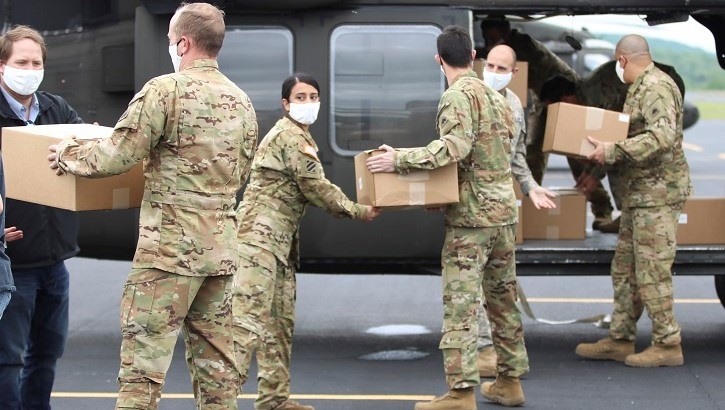
During the COVID-19 pandemic, the MEDLOG IT PMO provided essential medical logistics IT and supply chain support across the MHS and Department of Defense.
Army entomologist searches for diseases in Africa
Article
6/22/2020

An entomologist studies insects and pests in order to monitor their behavior and patterns to prevent diseases among the military population.
Fleas Aren't Just Annoying
Video
6/19/2020
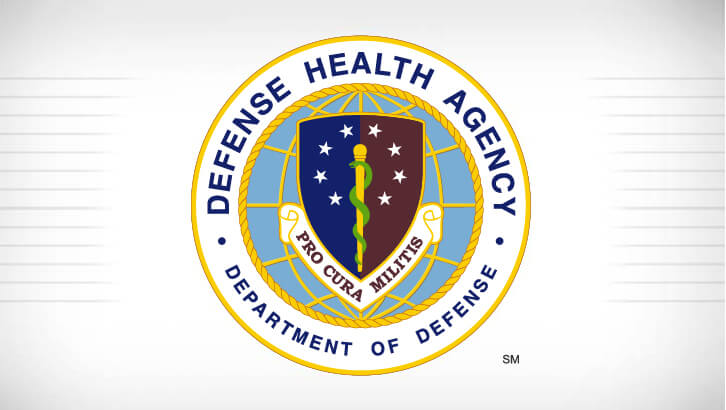
Learn more about how to protect yourself--and your pets--from fleas by watching this video.
Don't let ticks get under your skin
Video
6/19/2020

Don't let ticks get under your skin! Watch this video to learn more.
Understanding the potential of COVID-19 convalescent plasma
Article
6/19/2020

Researchers are harnessing the power of antibodies in COVID-19 convalescent plasma.
The Deadliest Animal In the World
Video
6/19/2020

What's the deadliest animal in the world? You need to know. Watch this video to learn more.
Moments in Military Medicine: Yellow Fever
Video
6/19/2020

Learn about the connection between military medicine and yellow fever in this video
DoD COVID-19 Practice Management Guide Version 4
Technical Document
6/18/2020
This Practice Management Guide does not supersede DoD Policy. It is based upon the best information available at the time of publication. It is designed to provide information and assist decision making. It is not intended to define a standard of care and should not be construed as one. Neither should it be interpreted as prescribing an exclusive course of management. It was developed by experts in this field. Variations in practice will inevitably and appropriately occur when clinicians take into account the needs of individual patients, available resources, and limitations unique to an institution or type of practice. Every healthcare professional making use of this guideline is responsible for evaluating the appropriateness of applying it in the setting of any particular clinical situation. The Practice Management Guide is not intended to represent TRICARE policy. Further, inclusion of recommendations for specific testing and/or therapeutic interventions within this guide does not guarantee coverage of civilian sector care. Additional information on current TRICARE benefits may be found at www.tricare.mil or by contacting your regional TRICARE Managed Care Support Contractor.
Public Health Emergency Officers balance risk and mission during crisis
Article
6/17/2020

PHEOs are military treatment facility staff who are designated to serve as a resource to help guide installation commanders during a large scale public health incident.
Teleteaching during the pandemic? USU center seeks educators' stories
Article
6/16/2020
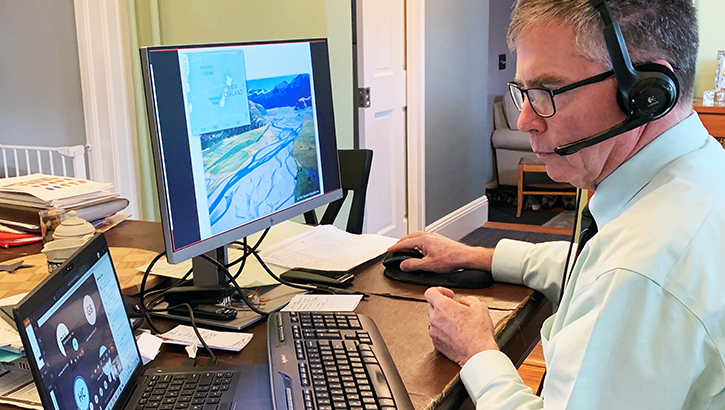
Educators faced juggling act on front lines, home front
DOD's Health Care Chief Discusses Pivot to Counter COVID-19
Article
6/16/2020
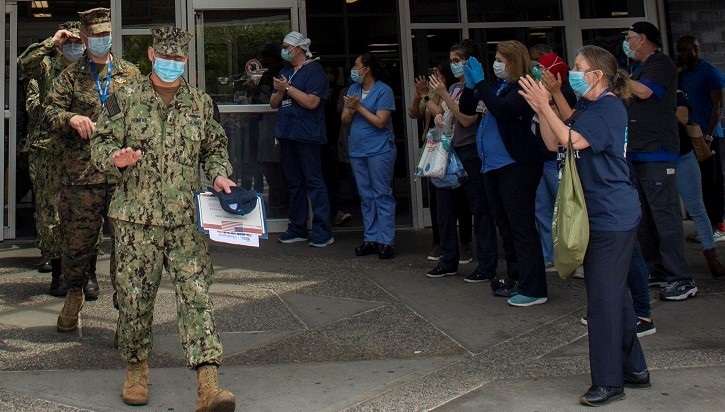
"[O]ur uniform leaders and our civilians are very, very good at adapting to change..."
Secretary of the Army recognizes BACH and 531st COVID-19 support
Article
6/15/2020

McCarthy took time to recognize several Soldiers and a Department of the Army Civilian for their efforts in the Army’s COVID-19 response.
Naval Medical Research Center Supports Marine Recruits During Pandemic
Article
6/15/2020
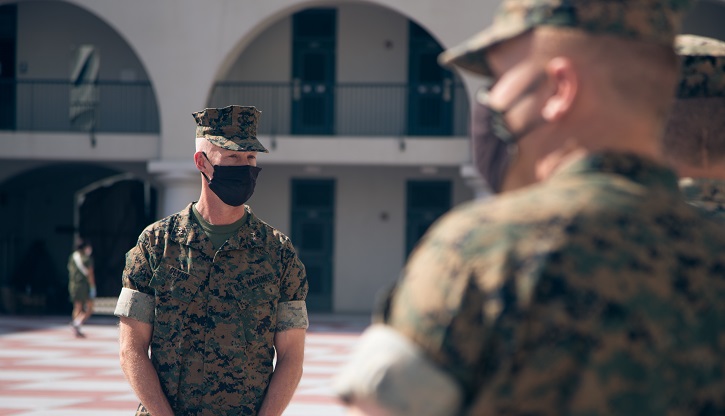
The primary focus of the research...is to maintain maximum health while meeting graduation standards and requirements for recruits during the pandemic.
METC celebrates 10 years training enlisted medical force
Article
6/15/2020

When the Department of Defense’s 2005 Base Realignment and Closure (BRAC) Commission directed nearly all enlisted medical training be collocated at Fort Sam Houston, Texas, it may have unknowingly changed the landscape of enlisted medical training for the foreseeable future. In addition to collocating, the BRAC legislation also called for training to be consolidated where possible, meaning two or more services would share curriculum and classrooms.
MHS Beneficiaries Turn to Online Resources to Manage Personal Care During Pandemic
Article
6/12/2020

The TOL PP team added several COVID-19-related enhancements to the portal.






















.png)











No hay comentarios:
Publicar un comentario